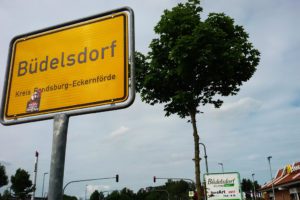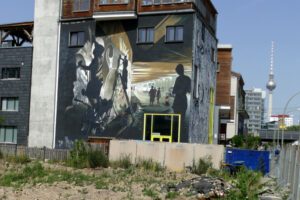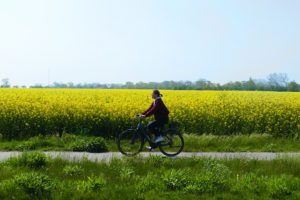While international tourism to Germany is increasing, visitors rather stick to the clichés like beer and Lederhosen at Munich and a cruise on the river Mosel; or they hang out at the hip capital Berlin – instead of enjoying Island Hopping in Germany.
I guess that’s the reason why many people think Germany is landlocked. They don’t think about long coasts, two seas, and about 80 islands.

However, that’s exactly what Germany’s north has to offer – and many fascinating phenomenons like the tideland that comes with it. As a matter of fact, Germany’s shoreline is longer than the Portuguese one.
So what are you waiting for? Join me on my island hopping…in Germany!
Germany consists of sixteen federal states. Three of them are on the coast. Schleswig-Holstein and Mecklenburg-Western Pomerania are in the north and Lower Saxony is in the west. Mecklenburg-Western Pomerania is in the Baltic region and Lower Saxony’s shores border the north sea. Schleswig-Holstein, however, is nestled between both.
The Islands
As I mentioned before, there are about 80 islands there and I cannot introduce them all. Therefore, I’ve had a concept, travelling from the east to the west, and picked the following:
Fehmarn in the Baltic sea
Föhr as one of the five large North Frisian islands
Heligoland as supposedly Germany’s only deep-sea island
Neuwerk which does politically belong to the distant city of Hamburg and you can reach walking
Borkum as one of the seven East Frisian islands – and Germany’s westernmost isle
On this map, you can see where exactly they are located:
Each of these islands represents precious culture and traditions, astonishing phenomenons, outstanding activities, beautiful sceneries, and well-preserved flora and fauna.
Schleswig-Holstein
Schleswig-Holstein lies on the base of the Jutland Peninsula between the north sea and the Baltic. Both waters are epicontinental seas and are connected with the Atlantic ocean.
It is the northernmost of the 16 federal states of Germany with obviously, long beaches and many islands.
I’ve introduced three of them:
Fehmarn
Fehmarn is Germany’s third-largest island. In the times of Germany’s post-war division, it was the only Island in the Baltic sea belonging to the western part, the Federal Republic.
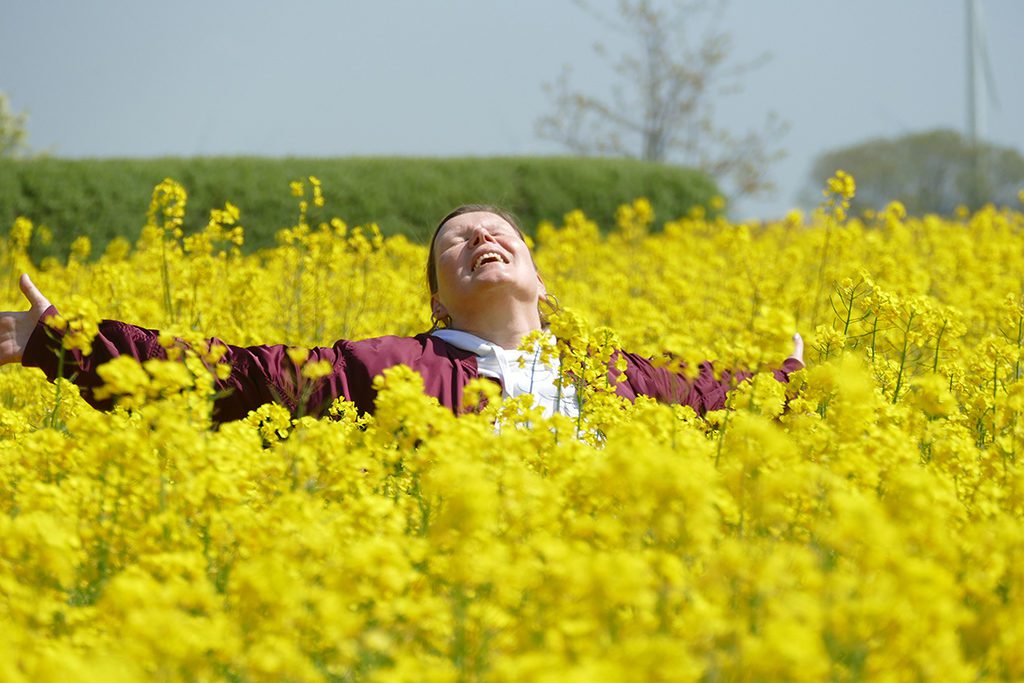
In the south, the Fehmarnsundbrücke, the Fehmarn Sound Bridge, connects the island with the German mainland. It is almost one kilometer long and carries road and rail.
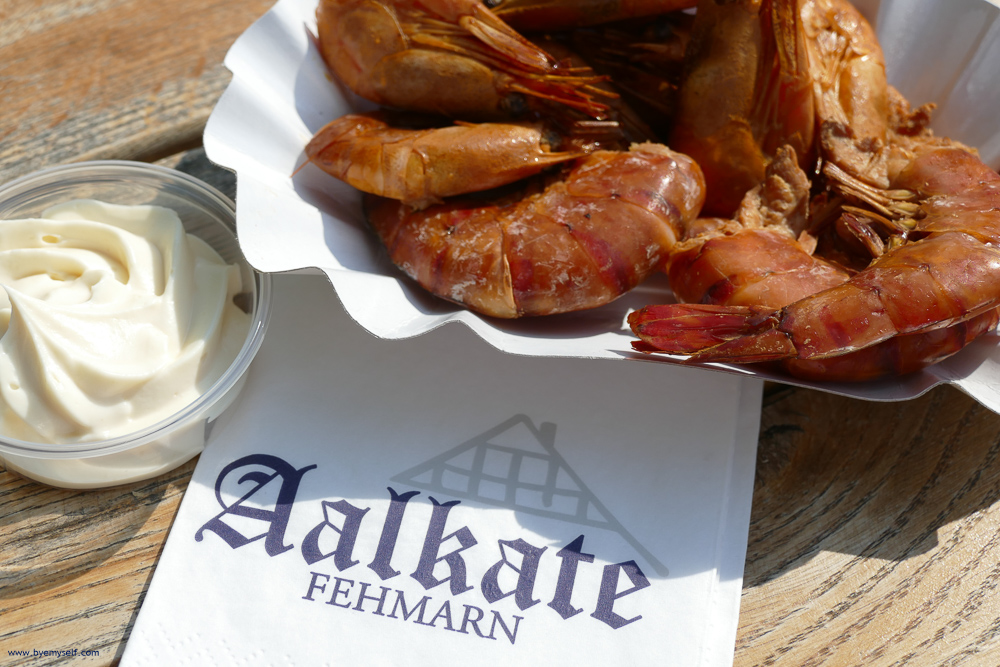
In the north, at Puttgarden, lies the small harbor that connects Fehmarn with Rødby in Denmark by a very scenic ferry ride. By the way, also just a great joy roundtrip in itself.
Once on Fehmarn, you need to
✔ have breakfast or tea time at one of the cozy cafés in the remodeled barns
✔ visit the Waterbird Reserve Wallnau
✔ go on a ferry ride to Denmark
✔ visit an old windmill and learn about the island’s past rural life
✔ cycle on the 300 kilometers long bike lanes to the beautiful beaches
But there is much more to explore – as you can read in my post.
Föhr
There are five North Frisian islands scattered in the north sea off the coast of Schleswig-Holstein. One of them, Föhr, is Germany’s largest and most populated island with no land connection. You have to get there by ferry which even adds to the charm.

There are various interesting and quirky phenomenons to experience on – or off – the island of Föhr like a hike into the tideland and paying the gray seals on a sandbar a visit.
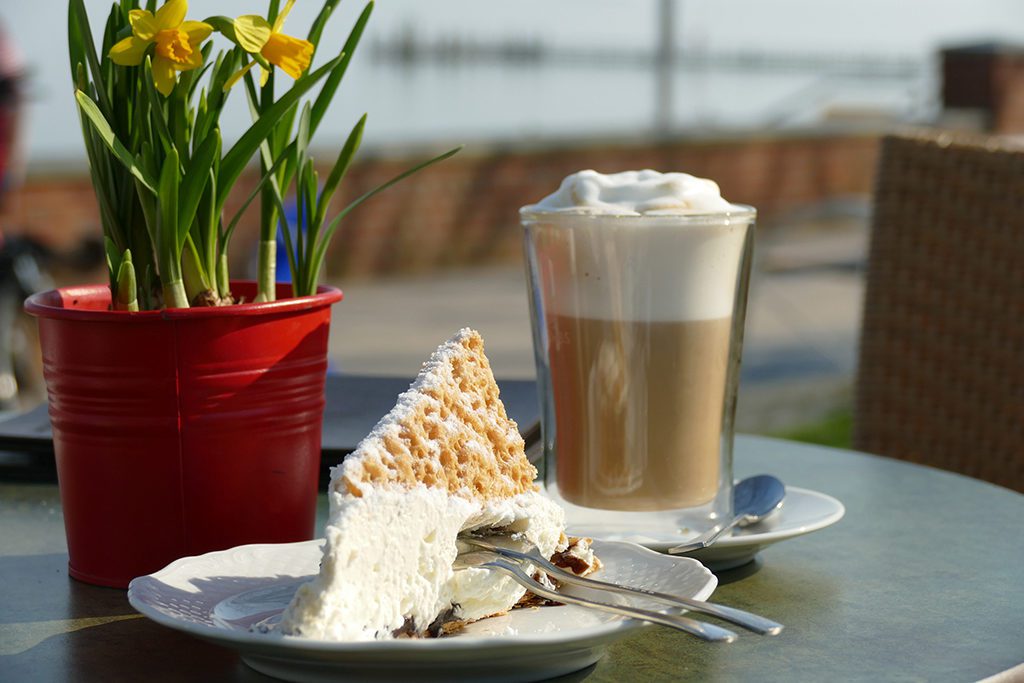
Also, in summer, you can hike to the neighboring island Amrum. Like I said, in summer, since you have to cross a hip-deep tidal creek….and, believe me, you don’t want to do that during any other time of the year!
Once on Föhr, you need to
✔ go on a boat trip to the Halligs, the tiny, secluded islets scattered in the sea around North Frisia
✔ pay the old cemeteries a visit and try to figure out the life stories of the late whale catchers
✔ admire modern art at the Museum der Westküste, the Art Museum of the West Coast
✔ awe at the gorgeous traditional architecture for instance at the village of Nieblum
✔ spend the night under the stars in a Strandkorb, a hooded wicker beach chair.
But there is much more to explore – as you can read in my post.
Heligoland
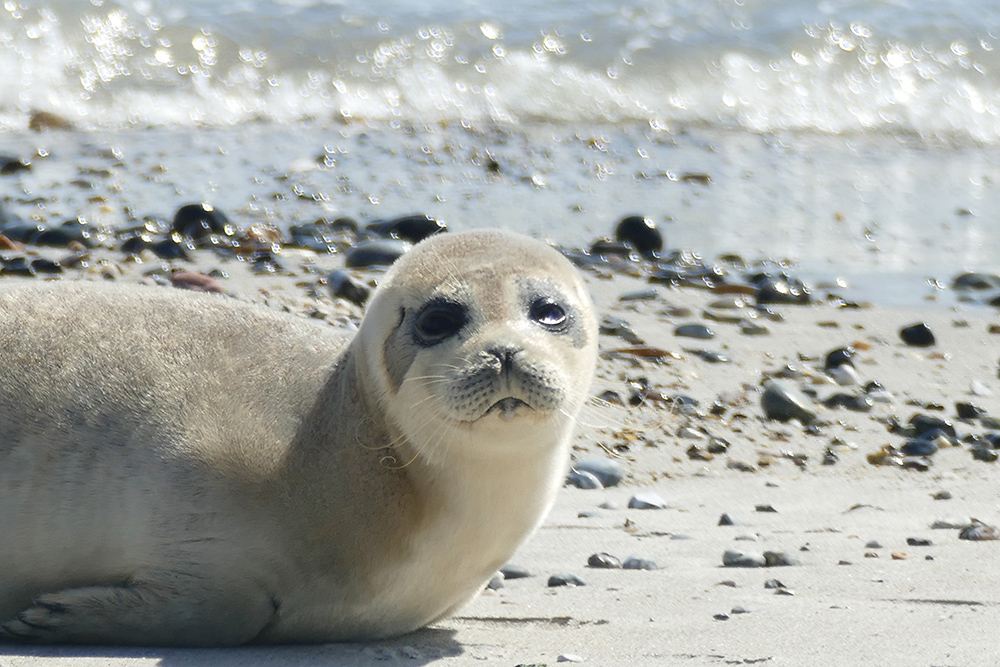
Heligoland is a tiny archipelago that long ago used to be Danish and British, but is, actually, as German as can be. In 1841, the poet Von Fallersleben wrote the National Anthem during his stay on the island.
However, today’s visitors to Heligoland can hardly imagine that at the end of WWII, Germany’s supposedly only deepsea island was completely bombed out. For ten long years, it even was uninhabitable.
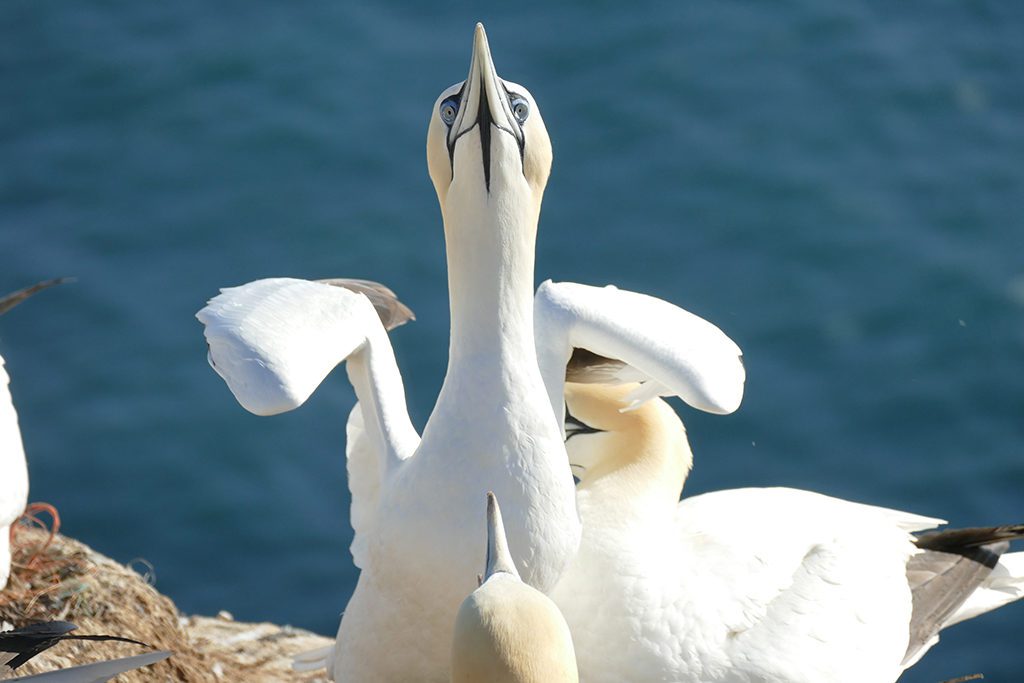
Like a phoenix rising from the ashes, today, Heligoland is one of Germany’s most popular islands when it comes to a couple of relaxing days in a secluded spot.
Once on Heligoland, you need to
✔ pay the seals on the island of Düne a visit
✔ hike on the Oberland to the rock where the birds are nesting
✔ join an informative and gripping tour of the air raid shelter tunnels
✔ eat Knieper, delicious crab claws
✔ do some duty-free shopping
But there is much more to explore – as you can read in my post.
Lower Saxony
In terms of the surface area, Lower Saxony is Germany’s second-largest federal state, however, it is somehow the country’s éminence grise. Although it does not get much international tourism, probably everybody around the globe knows Lower Saxony’s most prominent export hit, the Volkswagen, with its headquarters in Wolfsburg.
However, there is more important industry in Lower Saxony, and the annual fair Cebit was taking place at Lower Saxony’s capital Hannover till 2018 for a reason.
In Hannover, in the year 2000 also the World Exhibition Expo took place.
Another fun fact is the very tight connection between the British Royal House and the Welfs of Hannover. Also, Princess Caroline of Monaco had married randy Welf Prince Ernst-August who for instance caused a scandal during the Expo when he peed against the Turkish pavilion – literally!
Obviously, all this is not necessarily a reason to put Lower Saxony on my list of unmissable tourist destinations. But the coastline is a valid one, respectively the Wadden Sea and the islands scattered there:
The world’s largest Tideland stretches in the North-West of Europe from the Netherlands along Germany’s West coast all the way up to Denmark. It has been a UNESCO World Heritage Site since 2009.
The Lower Saxon Wadden Sea National Park is a major part of this area and spreads over 1,335 square miles. It was established in 1986 and consists of the East Frisian Islands, mudflats, and salt marshes.
Neuwerk
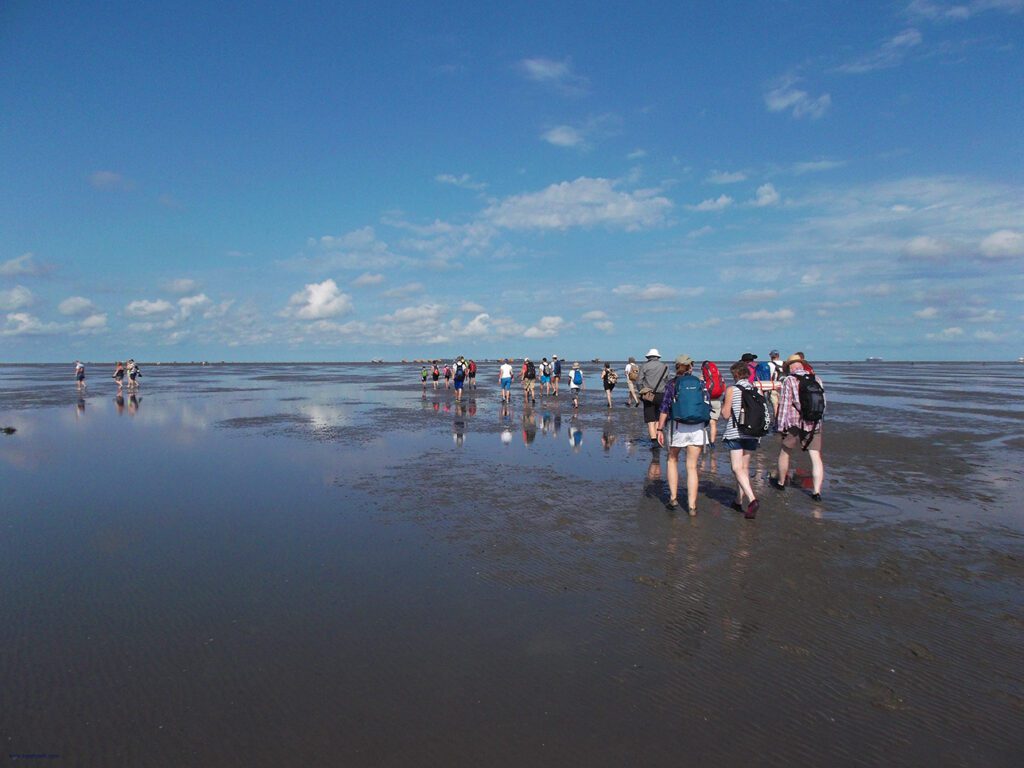
Neuwerk is one of the many small islands located in the World’s largest Wadden Sea. This area stretches in the North-West of Europe from the Netherlands along Germany all the way up to Denmark.

It has a quirky status since it belongs to the city of Hamburg which is about 120 km further east. Neuwerk is basically a North German Gibraltar.
That you can actually hike to this island makes it even more unusual.
So once you get there, chances are that you’ll have already the most exciting part behind you. However, there are further attractions you shouldn’t miss.
Once on Neuwerk, you need to
✔ A hike to Cuxhaven – unless you came here hiking and do want to get back the same day
✔ A hike to the uninhabited islet of Scharhörn, a spellbinding refuge for birds
✔ Enjoy a snack at one of the small farmhouses
✔ Get information on the wonders of the Wadden Sea at the information center Nationalpark-Haus
✔ Spend the night in a straw bed
But there is much more to explore – as you can read in my post.
Borkum
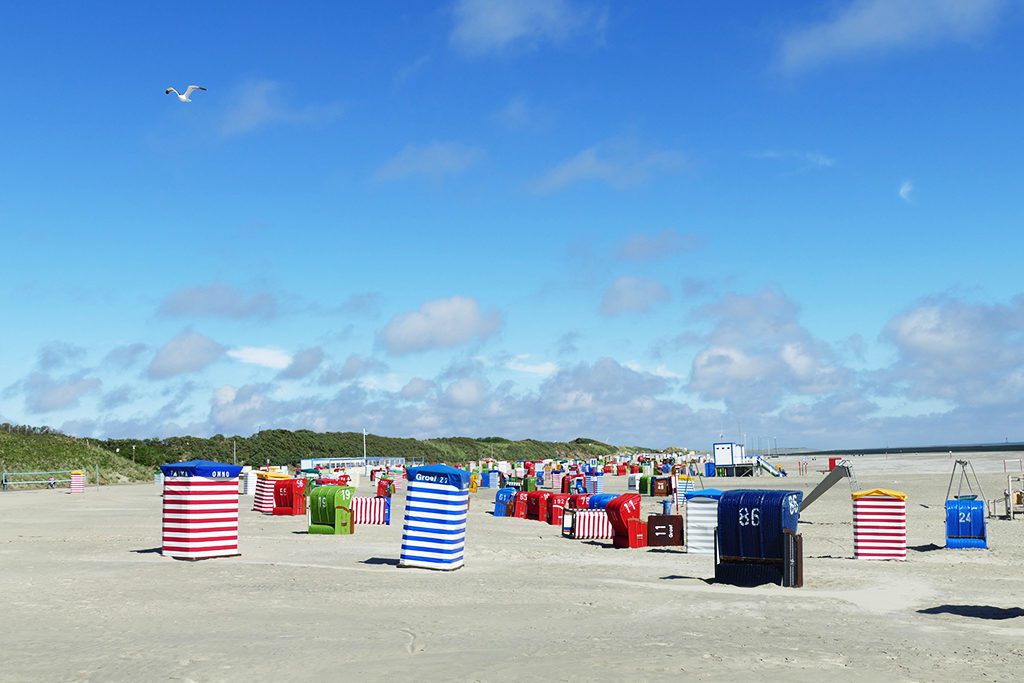
The island of Borkum is one of the seven East Frisian Islands off the coast of Eastern Friesland. It is not only the largest but also the westernmost isle. Therefore, Borkum is geographically actually closer to the Netherlands than to the German mainland.
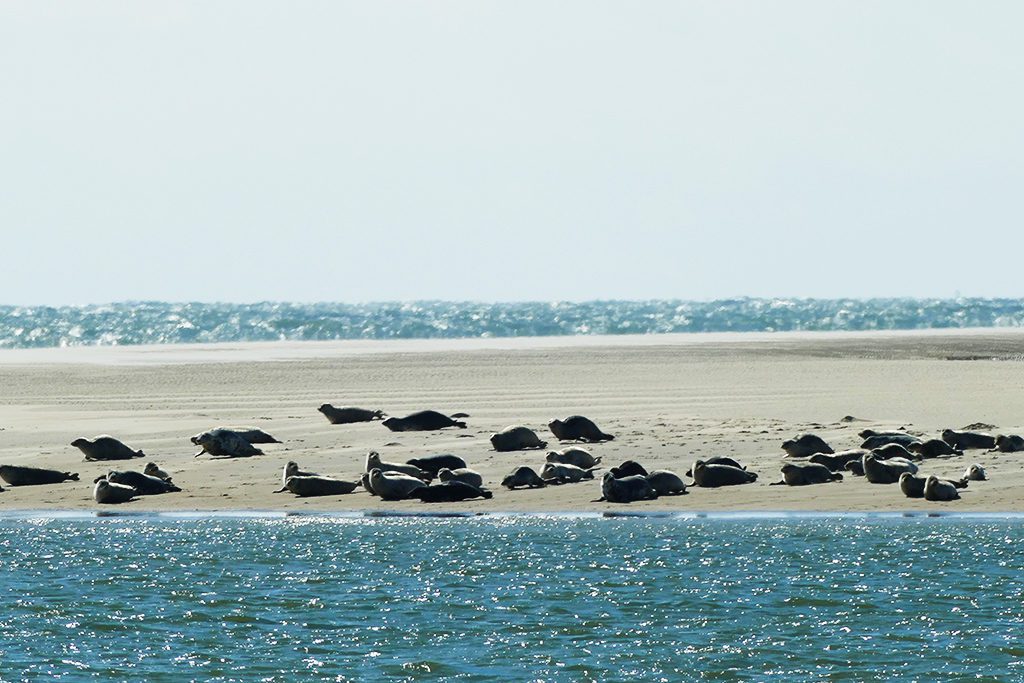
Parts of Borkum, as well as the adjacent tideland, form part of the Nationalpark Niedersächsisches Wattenmeer, Lower Saxon Wadden Sea National Park, hence listed as a UNESCO World Heritage.
Once on Borkum, you need to
✔ explore the island cycling on about 130 kilometers long bike lanes
✔ go on a coach tour to the seal sandbar
✔ pay the whale catcher cemetery and the old lighthouse a visit
✔ spend a day on the beach in a traditional Strandkorb, a hooded wicker chair, or in the dunes
✔ enjoy the view from the new lighthouse
But there is much more to explore – as you can read in my post.
So, you’re planning on adding a beach break to your next trip to Germany now? Then make sure to pin one of these pix for future reference:
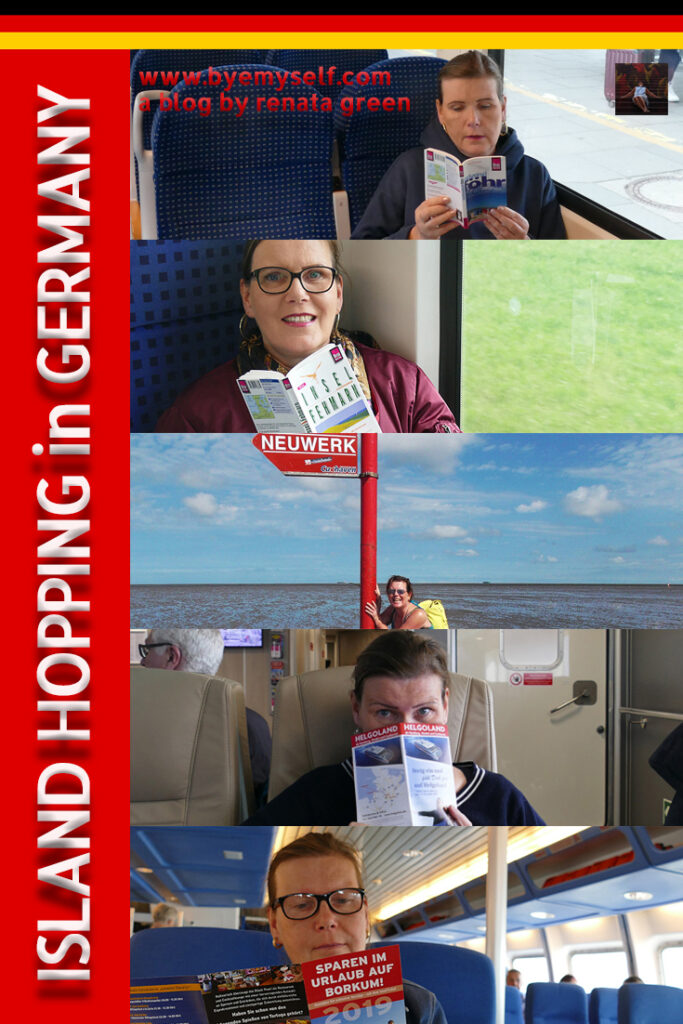


Did You Enjoy This Post? Then You Might Like Also These:


